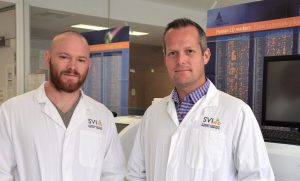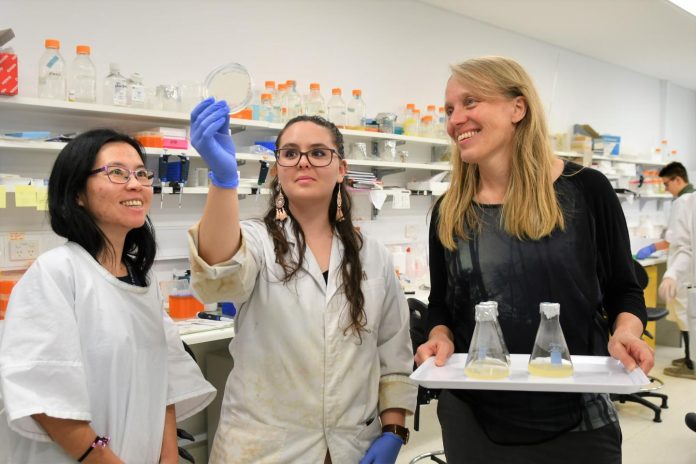Scientists in Australia say they have uncovered a metabolic system that could lead to new strategies for therapeutic cancer treatment. A team at Flinders University, led by Janni Petersen, PhD, professor, and the St Vincent’s Institute of Medical Research (SVI) have found a link between a metabolic system in yeast, and now mammals, which is critical for the regulation of cell growth and proliferation. Their study (“mTORC1 directly inhibits AMPK to promote cell proliferation under nutrient stress”), which looks at two major signaling networks, appears in Nature Metabolism.
“Highly conserved signaling pathways controlled by mammalian target of rapamycin (mTOR) and AMP-activated protein kinase (AMPK) are central to cellular metabolism and cell proliferation, and their dysregulation is implicated in the pathogenesis of major human diseases such as cancer and type 2 diabetes. AMPK pathways leading to reduced cell proliferation are well established and, in part, act through inhibition of TOR complex 1 (TORC1) activity. Here we demonstrate reciprocal regulation, specifically that TORC1 directly downregulates AMPK signaling by phosphorylating the evolutionarily conserved residue S367 in the fission yeast AMPK catalytic subunit Ssp2 and AMPK α1 S347 and α2 S345 in the mammalian homologs, which is associated with reduced phosphorylation of activation loop T172,” the investigators wrote.
“Genetic or pharmacological inhibition of TORC1 signaling led to AMPK activation in the absence of increased AMP/ATP ratios, which under nutrient stress conditions was associated with growth limitation in both yeast and human cell cultures. Our findings reveal fundamental bidirectional regulation between two major metabolic signaling networks and uncover new opportunities for cancer treatment strategies aimed at suppressing cell proliferation in the nutrient-poor tumor microenvironment.”

“What is fascinating about this yeast is that it became evolutionarily distinct about 350 million years ago, so you could argue the discovery, that we subsequently confirmed occurs in mammals, is at least as ancient as that,” said Jonathon Oakhill, PhD, associate professor, and head, Metabolic Signaling Laboratory at SVI in Melbourne.
Often referred to as the body’s fuel gauge, AMPK regulates cellular energy, slowing cell growth down when they don’t have enough nutrients or energy to divide. The other system, that of the mTORC1/TORC1 protein complex, which also regulates cell growth, increases cell proliferation when it senses high levels of nutrients such as amino acids, insulin, or growth factors. A hallmark of cancer cells is their ability to over-ride these sensing systems and maintain uncontrolled proliferation.
“We have known for about 15 years that AMPK can ‘put the brakes on’ mTORC1, preventing cell proliferation,” noted Oakhill. “However, it was at this point that we discovered a mechanism whereby mTORC1 can reciprocally also inhibit AMPK and keep it in a suppressed state.”
Petersen added that the experiments showed the yeast cells “became highly sensitive to nutrient shortages when we disrupted the ability of mTORC1 to inhibit AMPK. The cells also divided at a smaller size, indicating disruption of normal cell growth regulation. We measured the growth rates of cancerous mammalian cells by starving them of amino acids and energy (by depriving them of glucose) to mimic conditions found in a tumor. Surprisingly, we found that these combined stresses actually increased growth rates, which we determined was due to the cells entering a rogue ‘survival’ mode.”
When in this mode, she continued, “they feed upon themselves so that even in the absence of appropriate nutrients the cells continue to grow. Importantly, this transition to survival mode was lost when we again removed the ability of mTORC1 to inhibit AMPK.”
These findings provide a new opportunity for cancer treatment strategies aimed at suppressing cell proliferation in the nutrient-poor tumor microenvironment, said the researchers.


